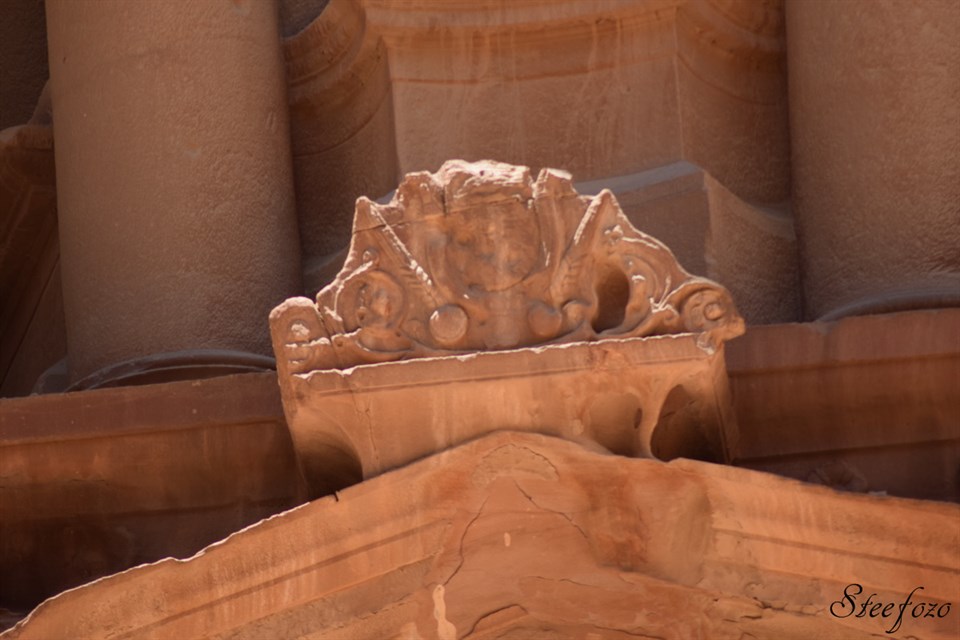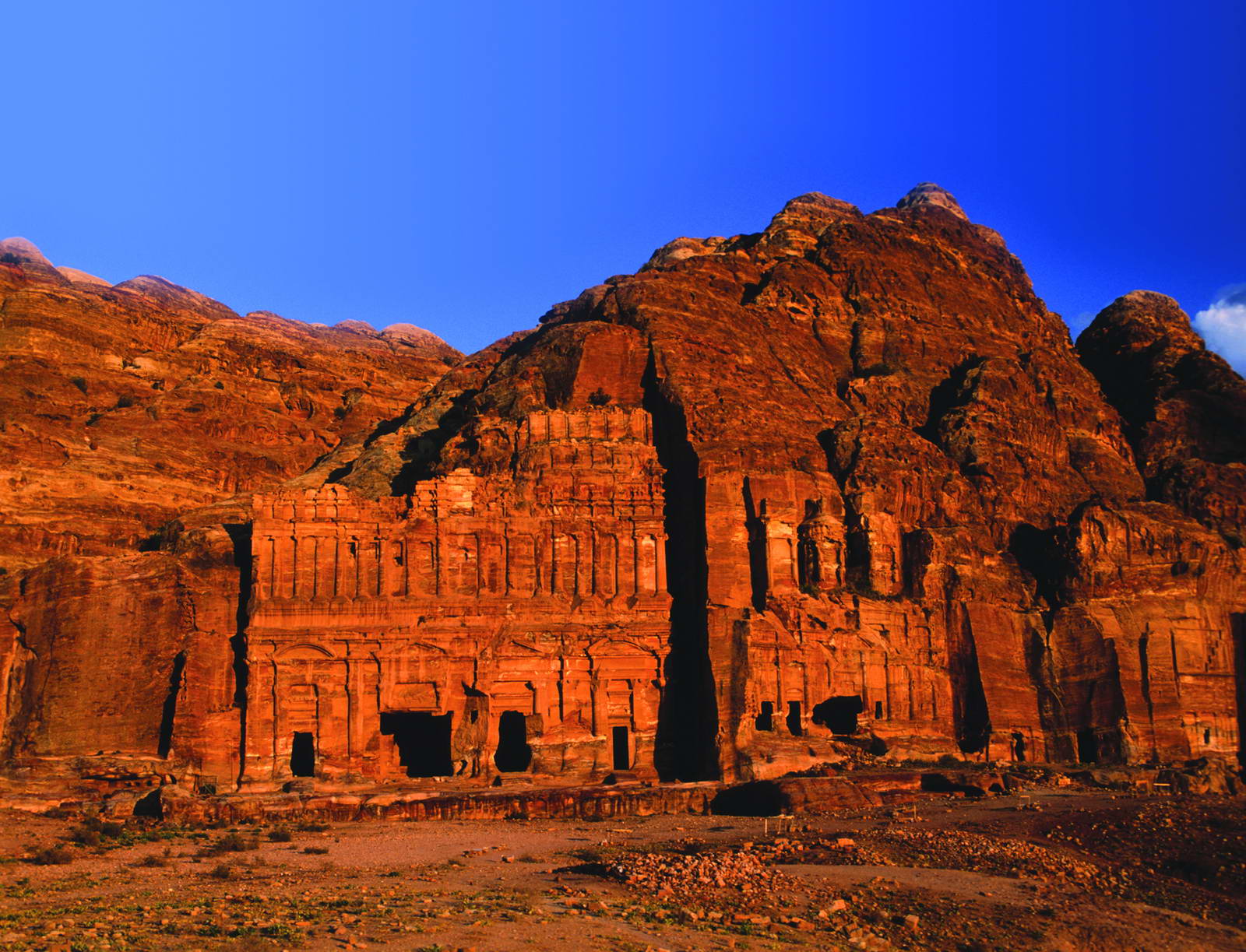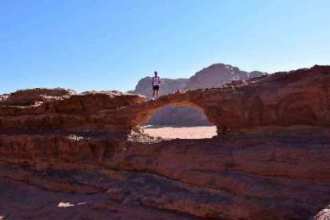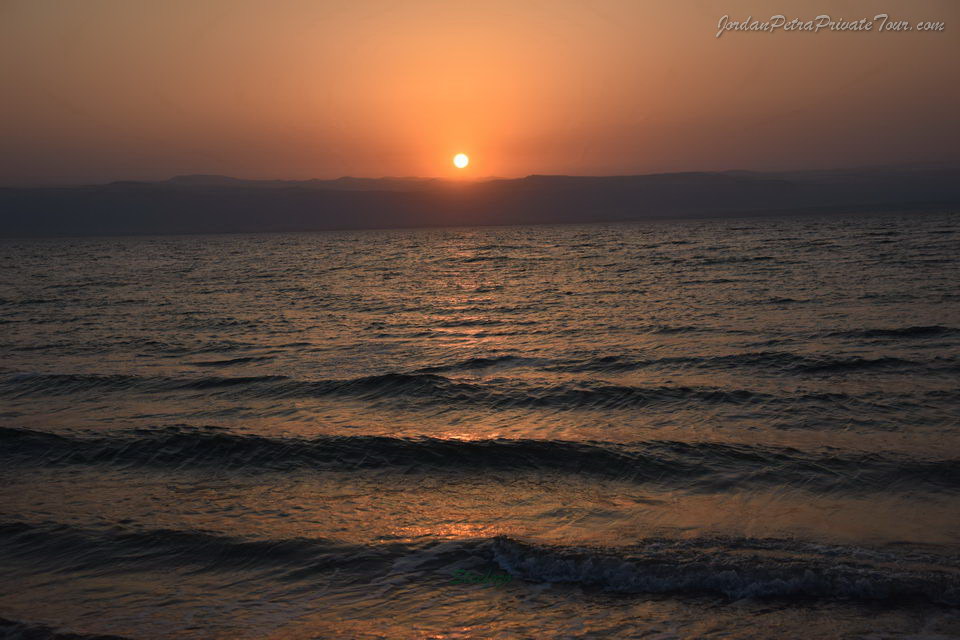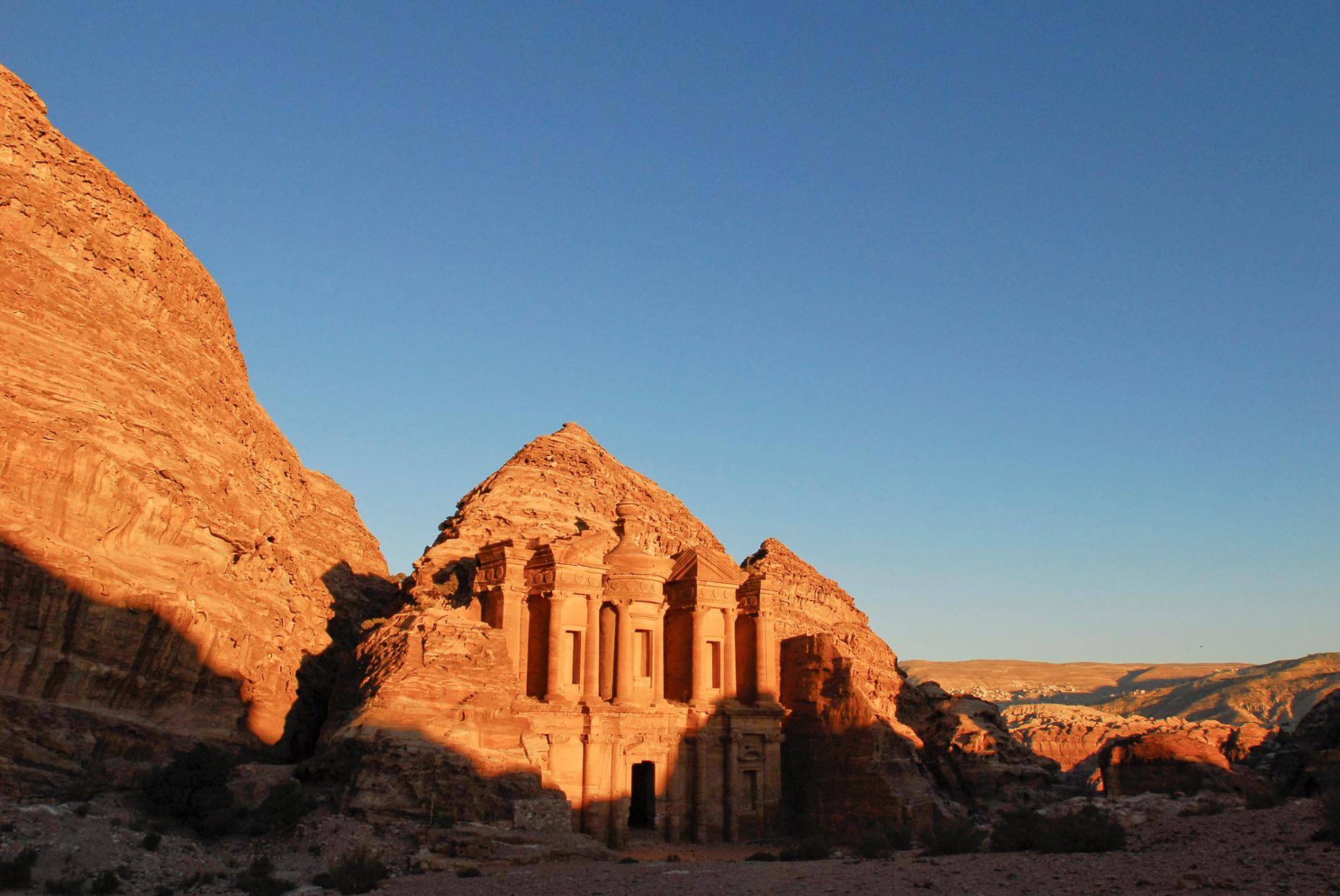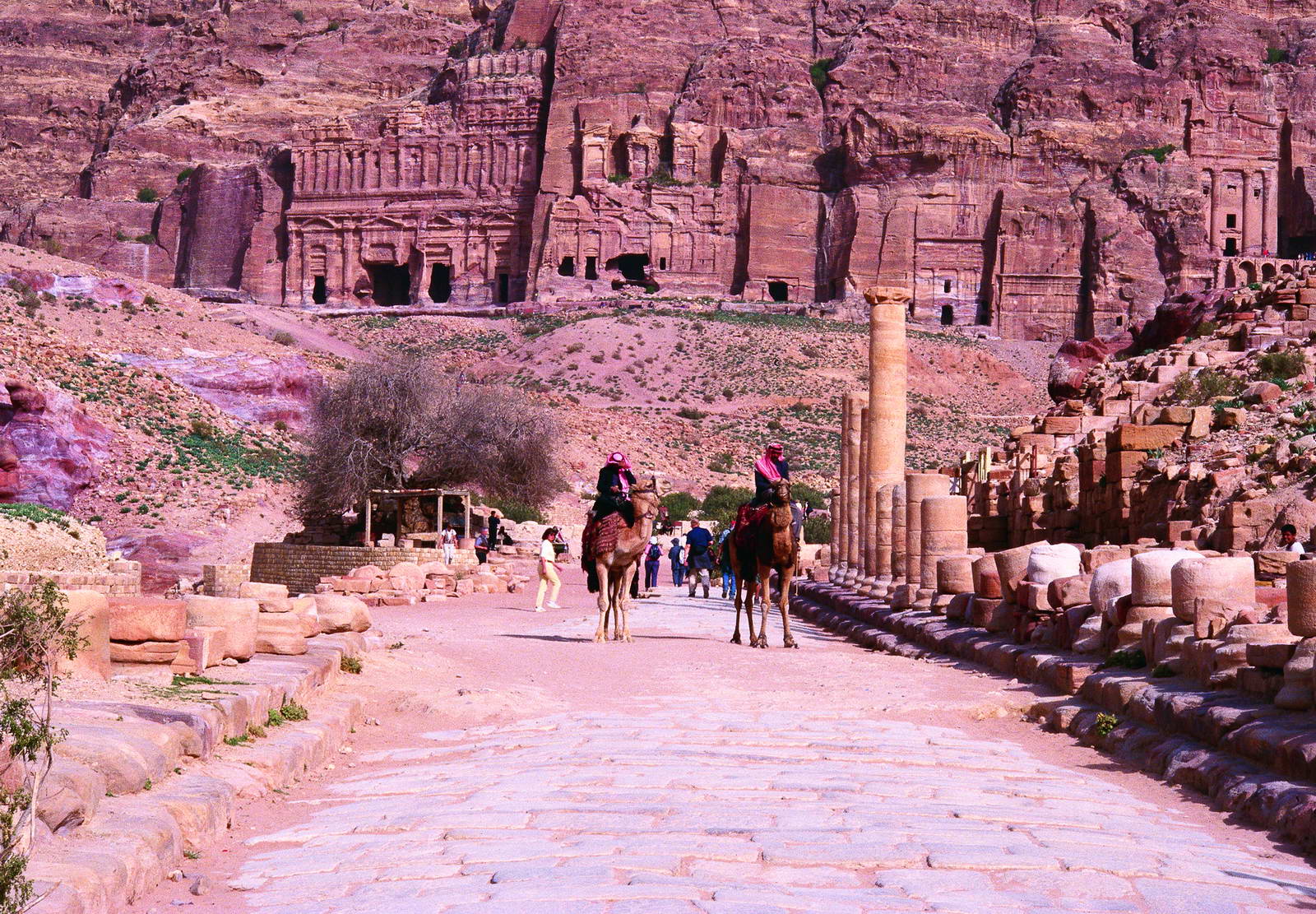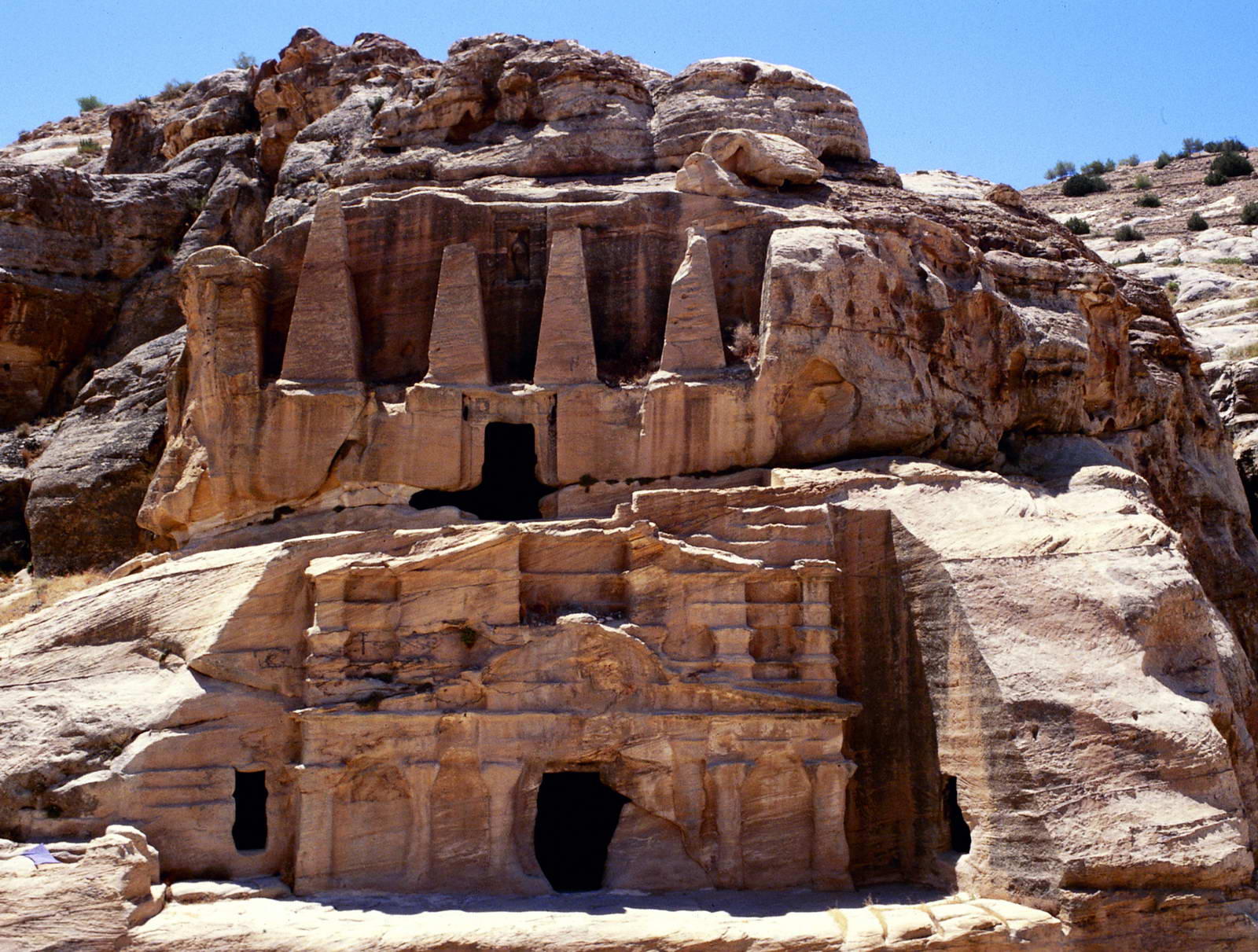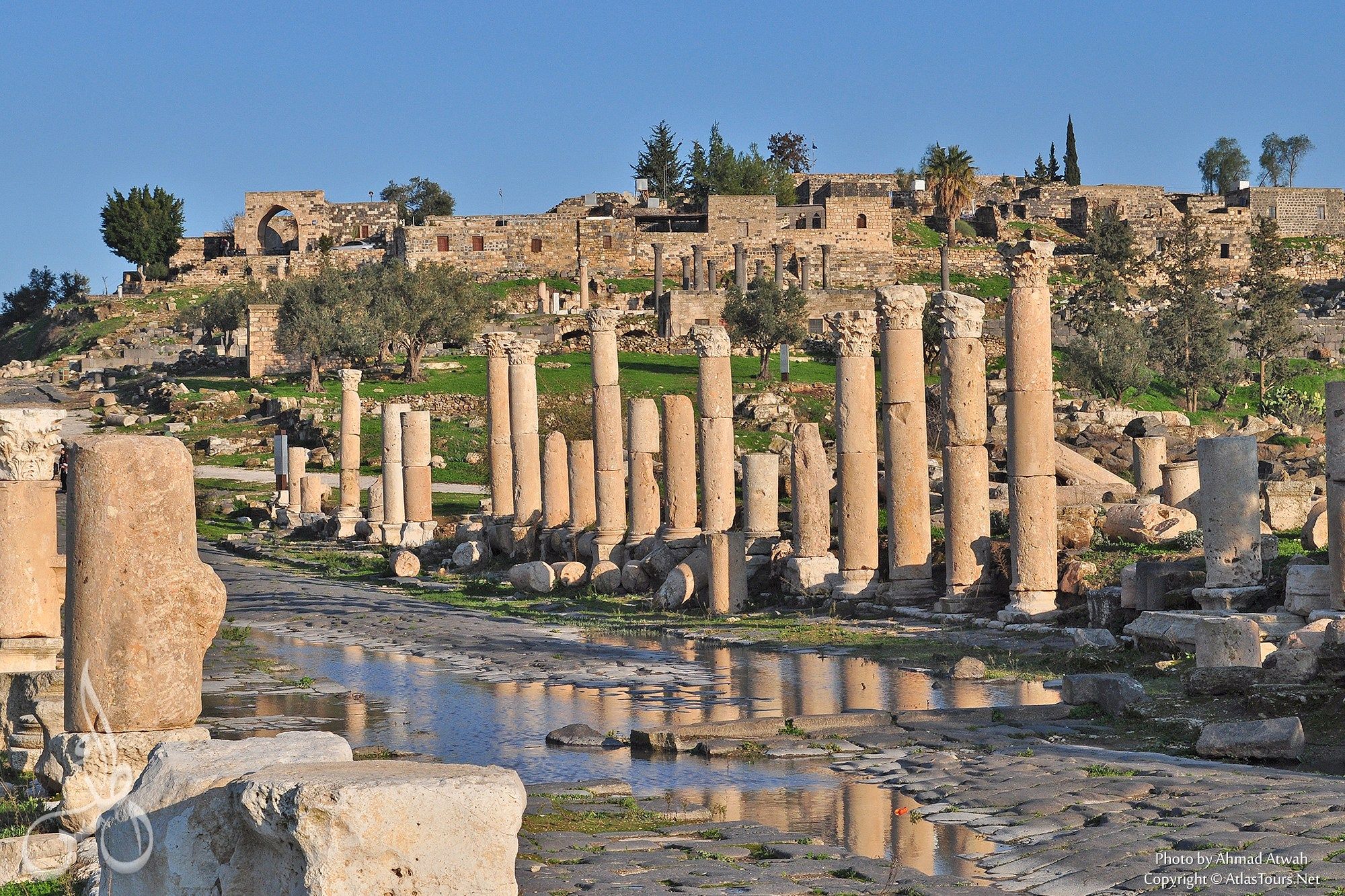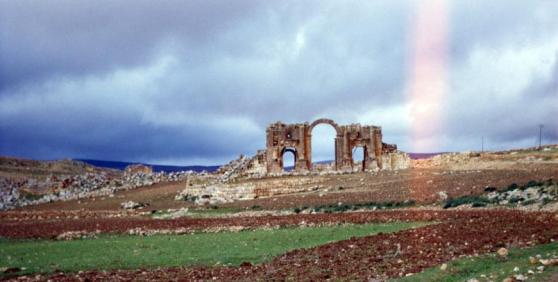Western voyagers have been
investigating the Middle East for well over a century, yet Jordan is a
relative newcomer to the travel industry, inviting just a small amount
of the travelers who visit neighboring Egypt and Palestine Territories.
Its prominent picture abroad incorporates very little more than camels
and deserts, yet this is a nation of mountains, shorelines, palaces and
antiquated houses of worship, with an urbane people and rich culture. It
is protected, agreeable and inviting – and by a wide margin the
region’s most remunerating goal.

It is best to start exploring Jordan
beginning with Amman. Various places in Amman wait for your visit. Let
us have a look at the Downtown area of Amman where you will find real
Jordan.
The Roman Theater
The Roman Theater, ruling the core of
Downtown, was the focal point of Roman Philadelphia, and furthermore the
underlying concentration for Amman’s cutting edge settlement late in
the nineteenth century. As you come nearer from Hashmi Street, a long
Corinthian corridor and some unique Roman paving are the main physicals
survives from Philadelphia’s forum, the commercial center which filled
the gap between the theatre and the road.

Cut into a depression in the slope, the Amman Roman Theater
itself is stunningly gigantic, and the view, just as the capacity to
listen stealthily on discussions between ant-like individuals on the
stage underneath, unquestionably reimburses the precarious move to the
top. The structure was worked somewhere in the range of 169 and 177 AD,
during the rule of Emperor Marcus Aurelius, for a crowd of people of
right around six thousand, is still every so often filled today for
shows. Over the seating is a little, void place of worship with
specialties; the commitment is not known, though part of a statue of
Athena was found during renovation work.
Remaining on the stage or in the symphony
– the half-circle before the stage – you can get a feeling of the
uniqueness of the design of the theatre: the south-facing stage has
sunlight for the entire duration of the day, while essentially each
onlooker remains undazzled and in cool shadow. To find the staggering
acoustics, remain amidst the symphony and declaim at the seating, and
your typical talking voice will all of a sudden addition an infiltrating
reverberation; venture off that spot and there is no reverberation.
Besides, two individuals hunching down at furthest edges of the symphony
can murmur into the half-circle stone divider underneath the primary
row of seats and effectively hear one another.
The historical centers of fables and popular customs
Inside the Roman Theater, to the sides of
the stage, are two little historical centers, housed in vaults
underneath the amphitheater. On the privilege, as you stroll in, the
Folklore Museum shows mannequins occupied with customary specialties and
a remaking of an out-dated parlor. The more advantageous Jordanian
Museum of Popular Traditions, opposite, breathes life into the topic of
customary apparel, adornments, and traditions by establishing it
immovably in the present-day life of common individuals. The vaulted
rooms are brimming with instances of national dress, with definite notes
and intermittent photos to set them in the setting. Different displays
incorporate bits of antique Bedouin adornments and a captivating scope
of stones utilized in healing, just as mosaics downstairs assembled from
Madaba and Jerash.

King Talal Street and Saqf As Sayl
Toward the west of Husseini mosque, the
central avenue piping traffic out of Downtown is King Talal Street,
fixed with stores selling common family products, texture, and
bric-a-brac. Somewhat route down on the left, take cover behind a row of
shop fronts is the city’s fundamental natural foods market.
Opposite the Mosque, the structure on the
corner where King Talal Street starts previously held Amman’s
best-cherished café, the excellent old Arab League Café – a stalwart
here for more than fifty years, with its fine gallery ignoring the
clamor underneath. In 2002, after a wrangle between the structure’s
proprietors, the bistro was gutted – to the frightfulness of apparently
everybody in the city bar the proprietors themselves. The site has now
been redeveloped.
The main avenue parallel to King Talal
Street pursues the course of the Roman decumanus Maximus, shaped by
clearing over the free-streaming stream underneath. The road – formally
Quraysh Street – is still prominently referred to as Saqf As Sayl,
however nowadays the sayl is dry, having been tapped upstream. This is
Amman’s liveliest quarter, with shoemakers, CD stalls and peddlers of
cleanser and toothbrushes contending for space under the asphalt
corridors with used garments market.
